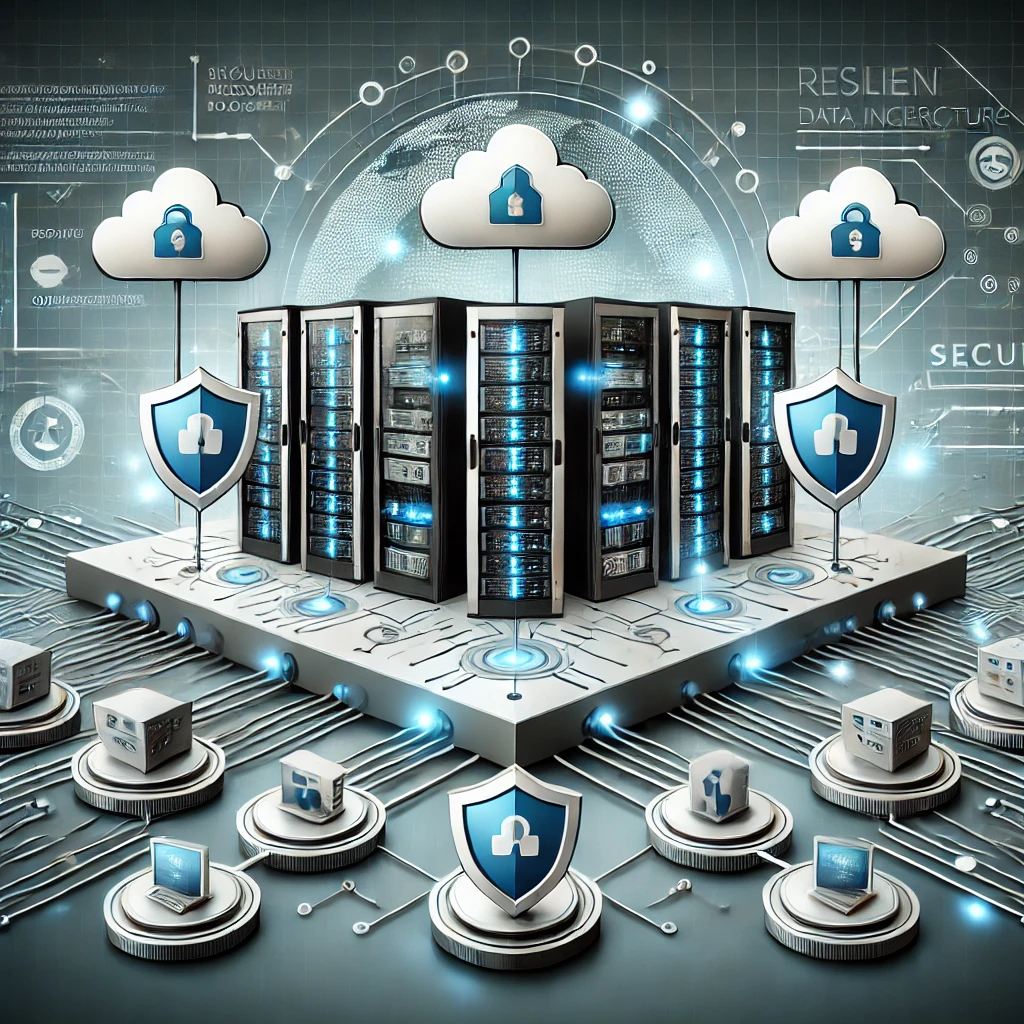
In today’s digital landscape, building a resilient IT infrastructure is more crucial than ever. Organizations face an increasing number of cyber threats, making it essential to create systems that can withstand attacks and ensure business continuity. Here are key strategies to enhance your IT resilience.
Embrace Cloud Computing
Cloud computing offers flexibility and scalability, allowing organizations to adapt quickly to changing demands. By utilizing cloud services, businesses can store data securely offsite, reducing the risk of data loss from local hardware failures or cyberattacks. Moreover, cloud providers often implement robust security measures and regular updates, providing an added layer of protection.
Implement Disaster Recovery Plans
A well-defined disaster recovery plan (DRP) is vital for minimizing downtime during unexpected incidents. This plan should outline procedures for data backup, system restoration, and communication protocols in the event of a breach or failure. Regularly testing and updating the DRP ensures that all team members are familiar with their roles and responsibilities, facilitating a swift response when needed.
Prioritize Employee Training
Human error remains one of the leading causes of security breaches. Therefore, investing in employee training on cybersecurity awareness is essential. Regular workshops and simulations can help staff recognize phishing attempts, secure sensitive information, and understand the importance of strong passwords. A well-informed workforce acts as the first line of defense against cyber threats.
Leverage Advanced Tools and Technologies
Utilizing advanced security tools such as intrusion detection systems (IDS), firewalls, and endpoint protection software can significantly enhance your organization’s resilience. These technologies help monitor network activity, detect anomalies, and respond to threats in real-time.In conclusion, building a resilient IT infrastructure requires a multifaceted approach that includes cloud computing, disaster recovery planning, employee training, and the use of advanced security tools. By implementing these strategies, organizations can better protect themselves against cyber threats and ensure uninterrupted business operations.







